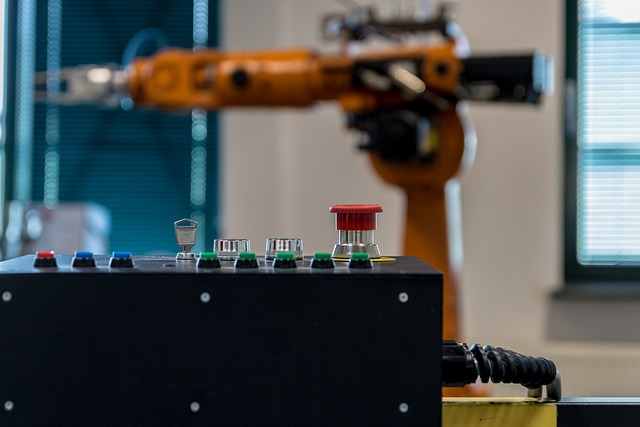Micromanufacturing: Revolutionizing Small-Scale Production
Micromanufacturing is reshaping the landscape of small-scale production, offering unprecedented precision and efficiency in creating miniature components. This innovative approach to manufacturing is gaining traction across industries, from medical devices to electronics, challenging traditional production methods and opening new possibilities for product design and customization. As businesses seek to optimize their operations and meet evolving consumer demands, micromanufacturing emerges as a game-changing solution that merits closer examination.

The development of micromanufacturing has been fueled by advances in materials science, precision engineering, and nanotechnology. These innovations have enabled the creation of microscale structures with unprecedented accuracy and functionality. As a result, industries that once relied on bulky components can now integrate miniaturized parts, leading to more compact, efficient, and sophisticated products.
Precision at the Microscale
One of the key advantages of micromanufacturing is its ability to produce components with extreme precision. Traditional manufacturing methods often struggle to achieve the level of detail required for microscale parts. In contrast, micromanufacturing techniques such as photolithography, micro-injection molding, and laser micromachining can create intricate structures with tolerances as small as a few micrometers.
This precision has transformative implications for various industries. In medical technology, for instance, micromanufacturing enables the production of minimally invasive surgical tools and implantable devices that were previously impossible to create. The aerospace industry benefits from lightweight, high-performance components that can withstand extreme conditions while occupying minimal space.
Customization and Flexibility
Micromanufacturing offers unprecedented flexibility in product design and customization. Unlike traditional mass production methods, which often require significant retooling for design changes, micromanufacturing processes can be quickly adapted to produce different components or incorporate design modifications. This agility is particularly valuable in industries where rapid prototyping and iterative design are crucial.
The ability to produce small batches of customized components economically is another significant advantage of micromanufacturing. This aspect is particularly appealing for businesses operating in niche markets or those offering personalized products. By leveraging micromanufacturing techniques, companies can respond more effectively to customer demands and market trends without the need for large-scale production runs.
Environmental and Economic Impact
Micromanufacturing aligns well with the growing emphasis on sustainability in industrial practices. By its nature, this approach uses fewer raw materials and consumes less energy compared to conventional manufacturing processes. The reduction in material waste and energy consumption not only lowers production costs but also minimizes environmental impact.
From an economic perspective, micromanufacturing can significantly reduce overhead costs associated with large-scale production facilities. The compact nature of micromanufacturing equipment allows for more efficient use of factory space, potentially enabling businesses to operate in smaller, more cost-effective locations. Additionally, the precision of micromanufacturing processes often results in fewer defects and higher quality products, reducing waste and improving overall production efficiency.
Challenges and Future Prospects
While micromanufacturing offers numerous advantages, it also presents unique challenges. The specialized equipment and expertise required for micromanufacturing can be costly to acquire and maintain. Additionally, quality control at the microscale demands sophisticated inspection techniques and equipment, which can add complexity to the manufacturing process.
Looking ahead, the future of micromanufacturing appears promising. Ongoing research in areas such as nanomaterials and advanced manufacturing techniques is likely to further expand the capabilities and applications of micromanufacturing. As industries continue to demand smaller, more precise components, micromanufacturing is poised to play an increasingly important role in shaping the future of production processes across various sectors.
Practical Insights for Implementing Micromanufacturing
• Conduct a thorough cost-benefit analysis before investing in micromanufacturing equipment
• Start with pilot projects to gain experience and refine processes
• Invest in training programs to develop a skilled workforce capable of operating micromanufacturing systems
• Collaborate with research institutions to stay abreast of the latest developments in micromanufacturing techniques
• Consider partnering with specialized micromanufacturing service providers to access expertise and reduce initial investment costs
As industries continue to evolve, micromanufacturing stands out as a transformative approach to production. Its ability to create precision components at the microscale opens up new possibilities for product innovation and efficiency. While challenges remain, the potential benefits of micromanufacturing make it a compelling option for businesses looking to stay competitive in an increasingly miniaturized world. As technology advances and expertise grows, micromanufacturing is set to redefine the boundaries of what’s possible in small-scale production.





